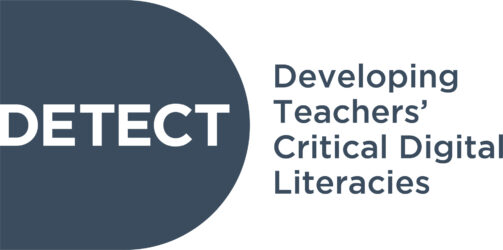Materiaalissa kuvataan oppituntimalli, jonka tavoitteena on tukea hyvinvointia edistävää mediankäyttöä sekä kiinnittää huomiota arjen hyvinvoinnin perusasioihin. Mallia voi käyttää alakoulun 5.-6. -luokalla sekä sekä yläkoulun 7.-9. luokalla. Oppituntimalli koostuu kolmesta osiosta: lämmittelytehtävästä (orientoiva video) ja kolmesta teematehtävästä.
[The material describes a lesson model that aims to support the use of media taking into account well-being and draws attention to the basics of everyday well-being. The model can be used in grades 5 and 6 six in elementary school and in grades 7 and 9 in lower secondary school. The lesson model consists of three sections: a warm-up task (orientation video) and three thematic tasks. The material is only in Finnish]
- media education, well-being, memes
- Media education, Health education
- text | video
- Text: lesson plans, Video: short movie
- website
- Mannerheimin lastensuojeluliitto
- Public Domain
- https://www.mll.fi/tehtavat/hyvinvointia-digiarjessa-oppituntimalli/

